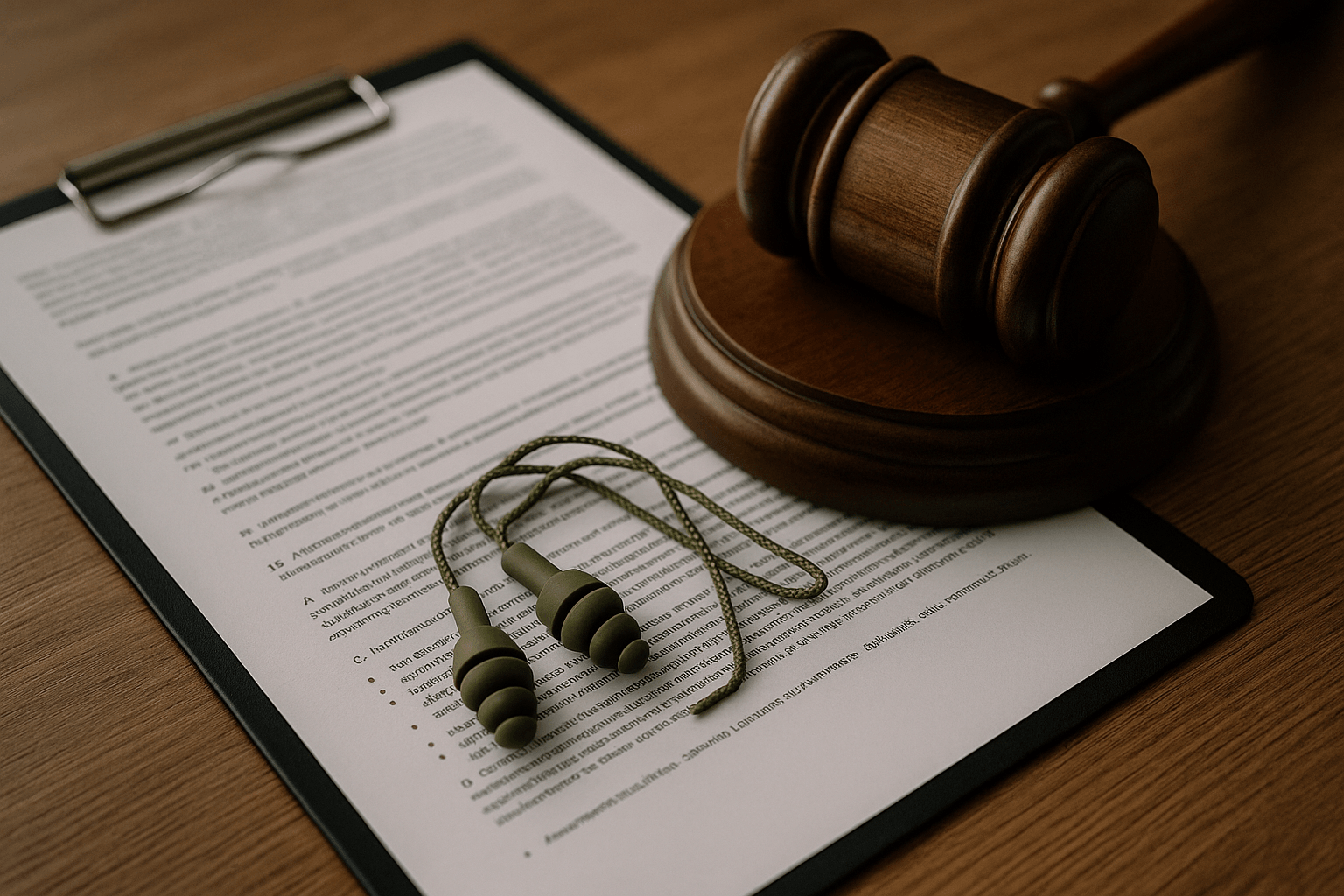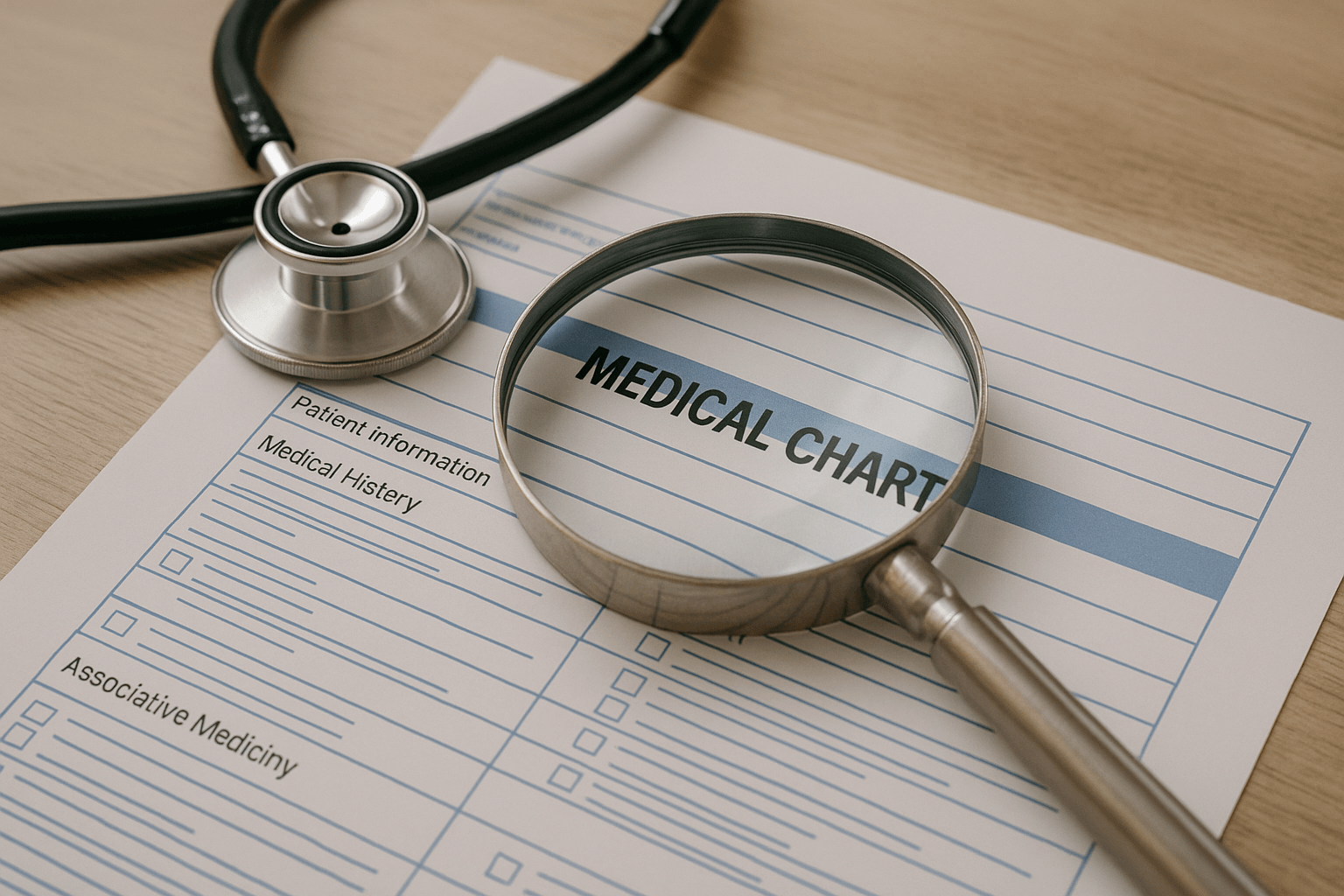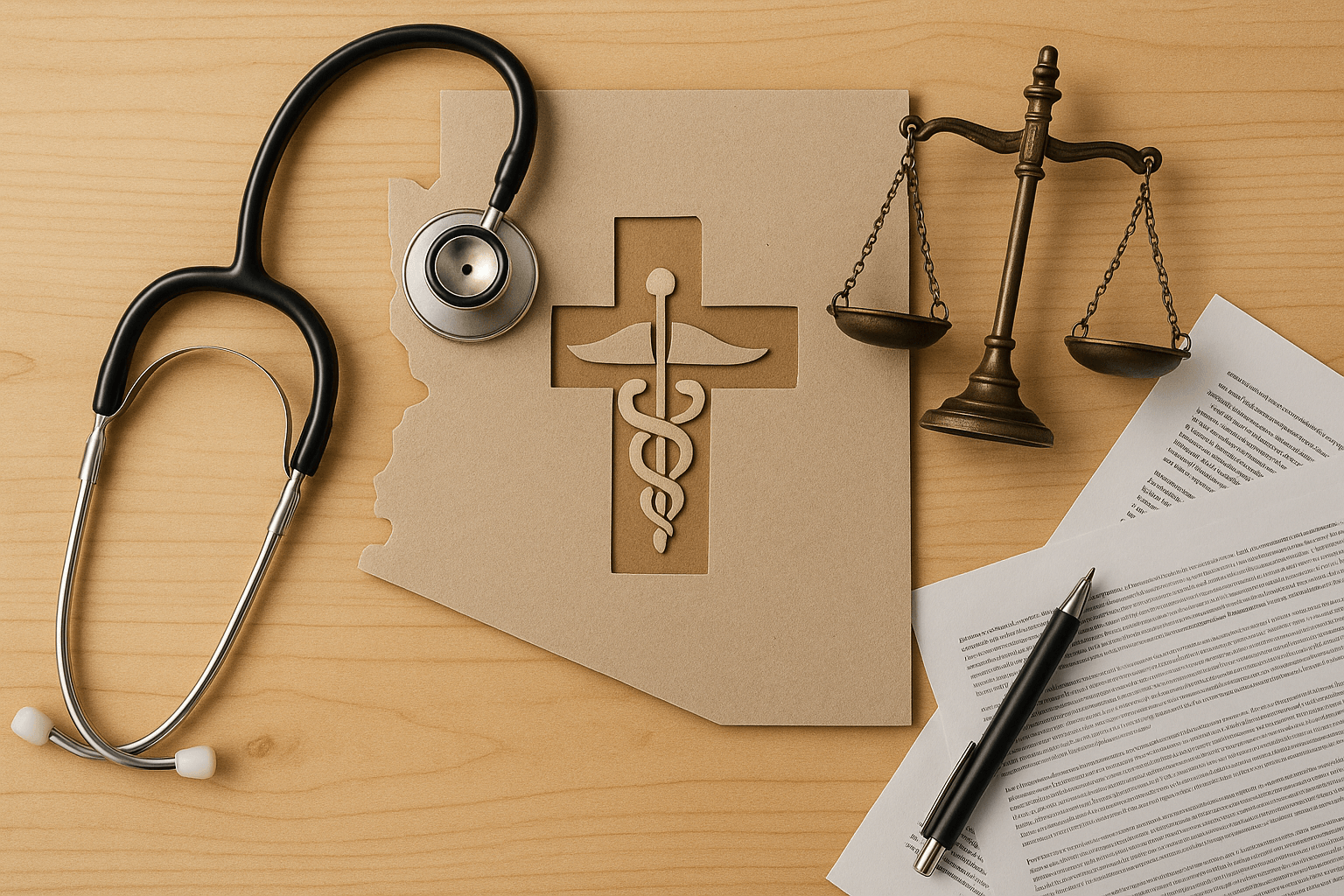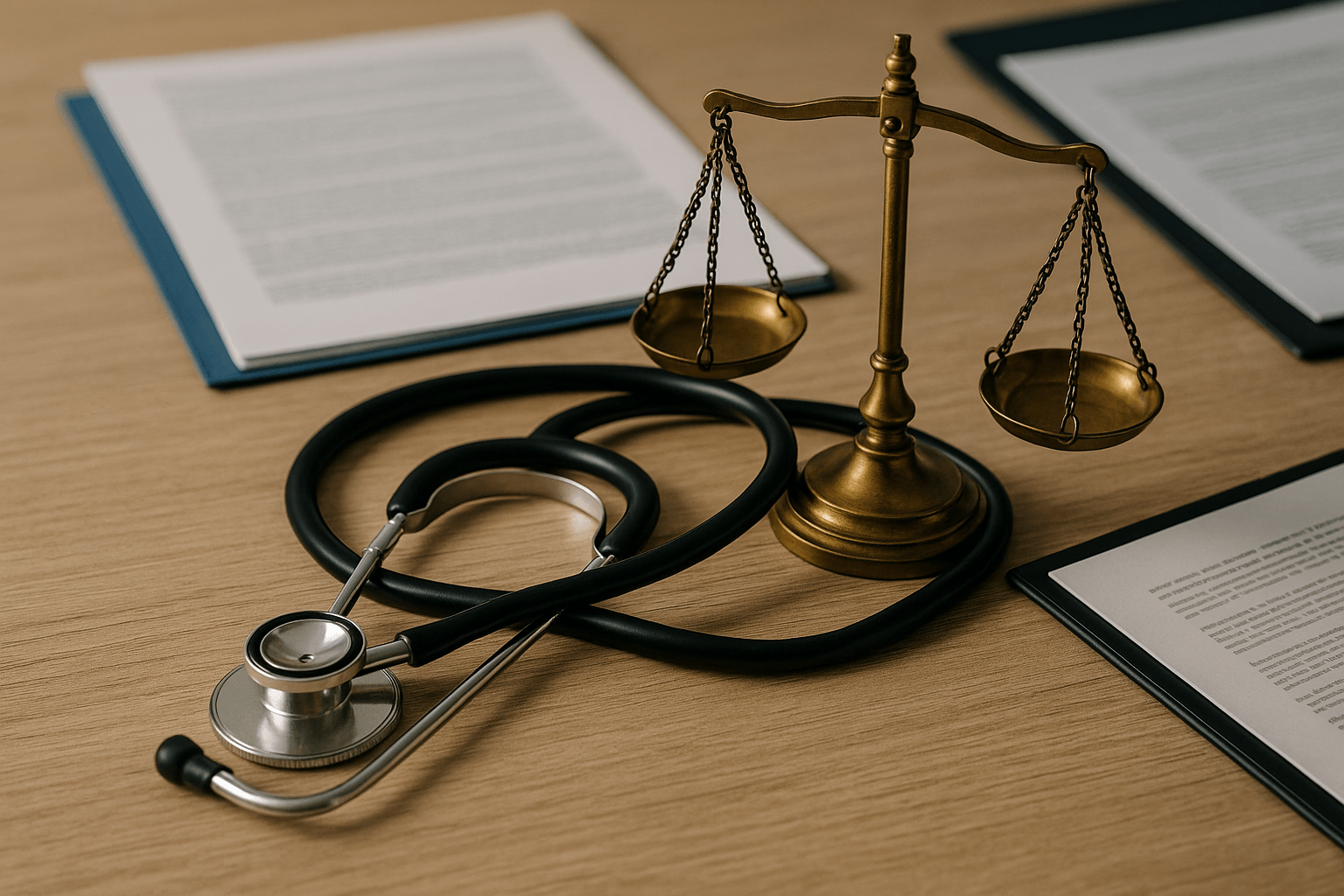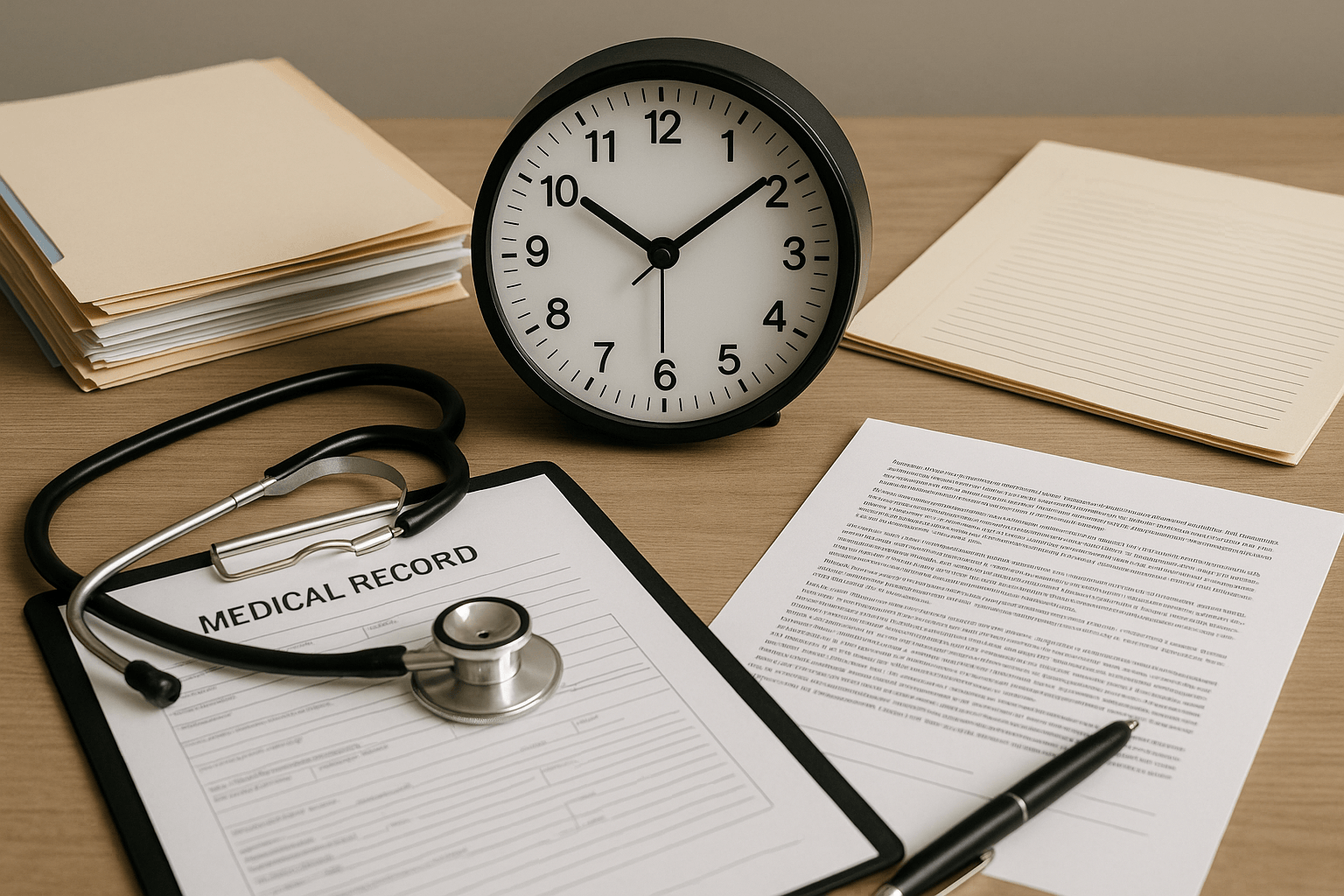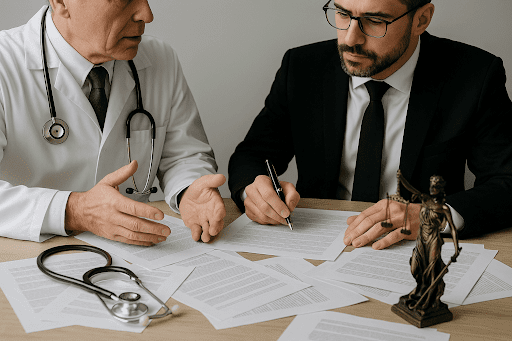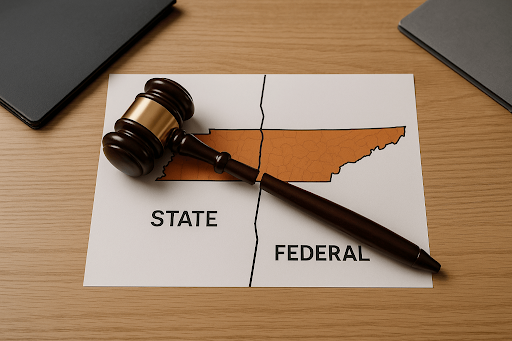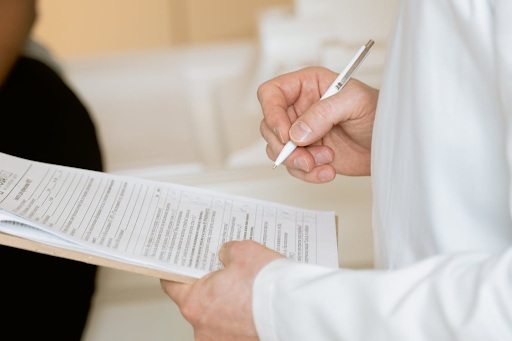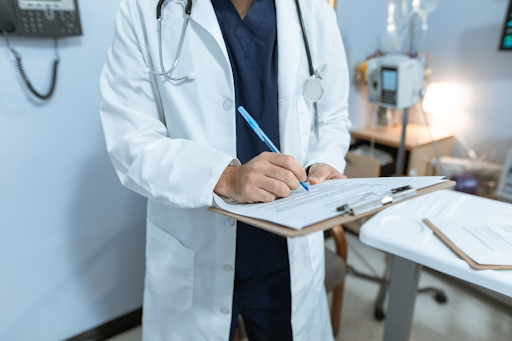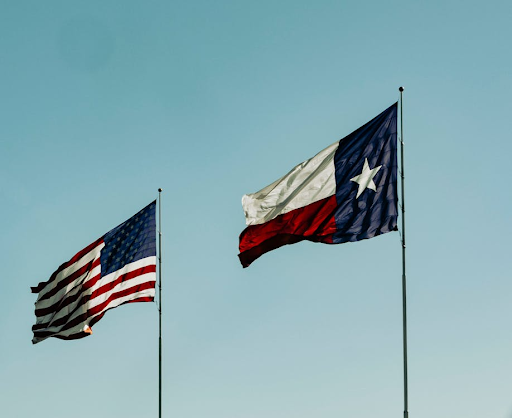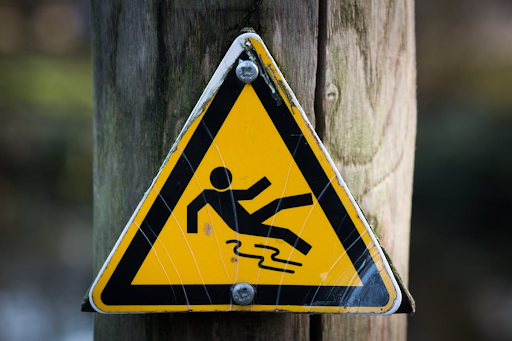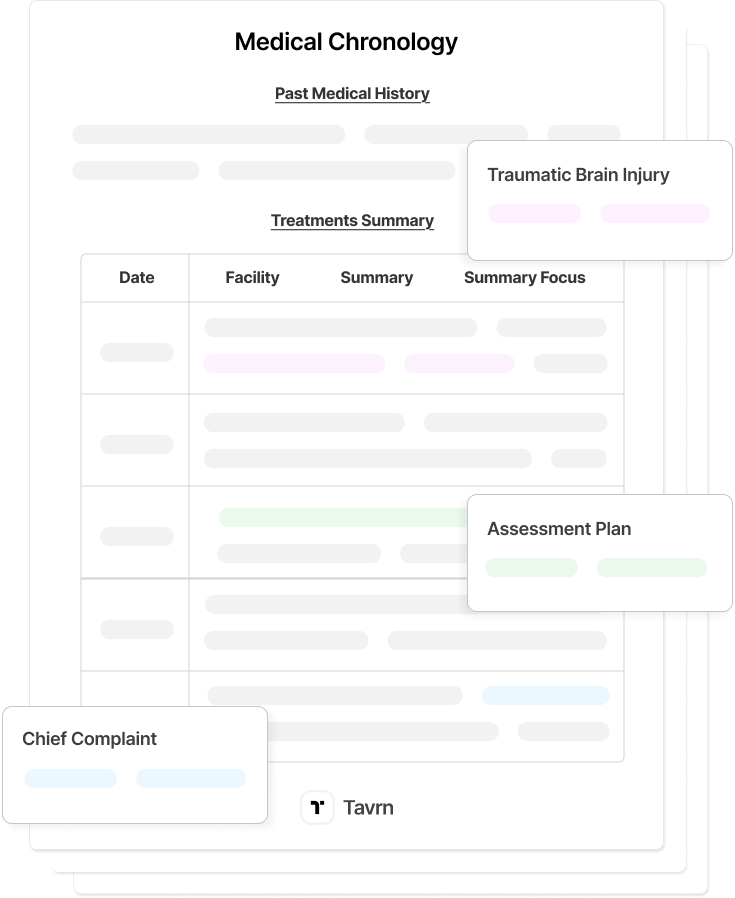In February 2024, the Judicial Panel on Multidistrict Litigation consolidated GLP-1 receptor agonist lawsuits into MDL No. 3094, unifying more than 2,000 cases against Novo Nordisk and other manufacturers. What began as isolated personal injury claims has evolved into one of the most significant pharmaceutical litigations currently pending in federal court.
The consolidation addresses allegations that manufacturers failed to adequately warn patients and healthcare providers about serious adverse effects ranging from gastroparesis to sudden vision loss, while the drugs gained widespread adoption for both diabetes management and off-label weight loss applications.
This analysis examines the current procedural posture, key legal developments, and strategic implications for practitioners as MDL 3094 progresses through discovery toward anticipated bellwether trials.
As of this writing, no public jury verdicts or global settlements have emerged from the litigation, leaving both liability exposure and settlement frameworks unresolved.
Ozempic Drug Profile and Market Context
Ozempic’s rise illustrates the commercial and legal complexity driving current litigation. The semaglutide-based drug, approved by the U.S. Food and Drug Administration for type 2 diabetes, quickly expanded into widespread off-label use for weight loss, exposing different patient populations to varying risk profiles.
Its mechanism, slowing gastric emptying to regulate blood sugar and promote satiety, underpins both its therapeutic benefit and the alleged injuries now at issue, including gastroparesis, ileus, and other gastrointestinal complications.
Market growth accelerated through celebrity endorsements and social media promotion, reaching many patients who might not have received standard counseling on side effects. As use shifted from medical necessity to cosmetic weight management, questions intensified over whether manufacturers adequately warned about serious risks.
Patent protection and continued market exclusivity have generated substantial revenues, shaping settlement dynamics as Novo Nordisk weighs litigation exposure against ongoing sales.
Alleged Health Risks and Medical Evidence
The Ozempic litigation focuses on four core injury categories supported by medical studies and FDA regulatory actions:
- Gastroparesis: The most common claim, involving delayed gastric emptying that causes chronic nausea, vomiting, and malnutrition. A published case report linked semaglutide use directly to gastroparesis, with symptoms improving after discontinuation.
- Ileus and Bowel Obstruction: Life-threatening intestinal blockages requiring emergency surgery. The FDA’s September 2023 label update added warnings for ileus and intestinal blockage, reinforcing failure-to-warn arguments.
- Vision Injuries (NAION): Claims for non-arteritic anterior ischemic optic neuropathy (NAION) gained traction after a 2024 JAMA Ophthalmology study found a nearly 9% NAION incidence among semaglutide users versus 1.8% among non-users. A Danish cohort study confirmed a doubled five-year risk, prompting calls for separate MDL treatment.
- Other Reported Injuries: Gallbladder disease, severe pancreatitis, and kidney injury also feature in the litigation, supported by FDA label changes between March 2022 and January 2025 documenting continued safety concerns.
Ozempic Regulatory Timeline and FDA Actions
The evolving regulatory framework provides crucial context for failure-to-warn liability theories, with FDA actions creating a clear timeline demonstrating manufacturer notice of specific risks:
- March 2022: FDA mandated that Ozempic labeling include warnings about gallbladder disease, providing early notice of serious gastrointestinal complications requiring surgical intervention.
- September 2023: The FDA required ileus and intestinal blockage warnings to be added to product labeling. This critical development strengthens failure-to-warn theories by establishing a clear timeline when manufacturers had notice of these life-threatening complications.
- December 2024: FDA updated Ozempic warning labels to include pulmonary aspiration risks during anesthesia procedures, expanding the scope of required surgical and procedural precautions.
- February 2025: The FDA determined that the semaglutide shortage was resolved, affecting compounding pharmacy regulations and potentially impacting liability for non-branded formulations.
This regulatory timeline provides plaintiffs with legal leverage by documenting specific dates on which manufacturers had formal notice of particular risks, supporting arguments that earlier warnings should have been provided to patients and healthcare providers.
Multidistrict Ozempic Litigation Formation and Management
The Judicial Panel on Multidistrict Litigation’s February 2, 2024, transfer order established the centralized framework governing discovery and case management for thousands of GLP-1 lawsuits. The consolidation began with 37 cases, and at least 1,809 federal actions were pending as of May 2025; filings have continued since, reflecting the scope of alleged semaglutide-related injuries.
Judicial oversight shifted after the death of Judge Gene E.K. Pratter in May 2024, when the MDL was reassigned to Judge Karen S. Marston. Her approach emphasizes disciplined scheduling and consistent procedural transparency.
Case Management Order No. 23 (March 21, 2025) set fact discovery completion for October 24, 2025, with expert disclosures following in November and December. These deadlines point to a potential bellwether selection in mid-2026, though no trial dates have been confirmed.
The court conducts monthly status conferences (with hybrid participation) and coordinates discovery through diagnostic methodologies, expert-disclosure standards, and product-labeling adequacy.
Legal Framework and Liability Theories
Ozempic litigation advances several theories against Novo Nordisk and other GLP-1 manufacturers:
- Failure-to-warn claims form the strongest legal foundation.
Plaintiffs allege manufacturers knew or should have known about risks such as gastroparesis, ileus, and NAION but failed to provide adequate warnings. FDA-mandated label changes between 2023 and 2024 bolster these arguments by showing when manufacturers had official notice of specific hazards.
- Negligence-per-se claims rely on these same regulatory updates.
They argue that delayed warnings violated federal safety standards. Design-defect theories face significant federal preemption barriers under Wyeth v. Levine (2009) and related drug-labeling precedents, limiting their success to narrow disputes over delivery mechanisms or dosage formulations.
- Marketing liability claims focus on aggressive off-label promotion.
Off-label promotion allegedly minimized disclosure of serious side effects. Across all theories, courts require objective medical evidence, particularly gastric-emptying studies and validated diagnostics, to establish causation, with expert testimony vetted under strict Rule 702 reliability standards.
Evidentiary Standards and Diagnostic Requirements in Ozempic Litigation
Judge Marston’s August 15, 2025, ruling established landmark evidentiary standards that now define case qualification and expert strategy for gastroparesis claims in MDL 3094. The decision prioritizes objective testing and strict methodological reliability.
Diagnostic Evidence Requirements
Plaintiffs must prove gastroparesis through verified testing rather than symptoms alone. Accepted diagnostic methods include:
- Gastric emptying scintigraphy (gold standard)
- Gastric emptying breath tests
- Wireless motility capsule testing
The court excluded alternative evidence, such as CT scans, MRIs, endoscopy or ultrasound findings, barium studies, or temporal symptom correlation, holding that these do not establish causation for litigation purposes.
Expert Witness Standards
Experts must meet Federal Rule of Evidence 702 reliability criteria. They are expected to:
- Have direct clinical experience diagnosing drug-induced gastroparesis
- Base opinions on documented testing, not theoretical mechanisms or general medical assumptions
Medical Record Documentation
Required supporting materials include:
- Gastric emptying studies showing delayed emptying
- ER or hospitalization records confirming diagnosis
- Complete medical histories ruling out alternative causes
This framework mirrors In re Zostavax, where courts required similar objective proof of causation. Its reach extends beyond gastroparesis; future NAION and bowel obstruction claims will likely face comparable evidentiary thresholds.
Practitioners must now conduct detailed medical record reviews before accepting clients to ensure adequate testing documentation under these heightened standards.
Vision Injury Claims and MDL Separation Debate
A central procedural question is whether NAION vision injury claims should remain within MDL 3094 or form a separate multidistrict litigation. A December 2025 JPML session is scheduled to consider transfer issues.
Manufacturer of the GLP-1 drugs Mounjaro and Trulicity, Eli Lilly, filed a motion seeking either:
- Creation of a separate MDL for NAION claims, or
- Continued centralization under Judge Karen S. Marston, citing efficiency and her familiarity with overlapping scientific and regulatory issues.
Plaintiffs oppose consolidation, arguing that:
- NAION involves distinct biological mechanisms and causation evidence.
- Notice and preemption defenses differ substantially from gastrointestinal claims, warranting separate judicial management.
As of August 2025, dozens of federal and state NAION cases are pending, with additional filings in state courts. Plaintiffs have also requested Multicounty Litigation designation in New Jersey, which could complicate coordination if federal and state actions are managed under different structures.
The JPML’s decision will determine how discovery, expert testimony, and any future global settlement are structured across both injury categories.
Ozempic Bellwether Trial Strategy and Settlement Dynamics
The Ozempic litigation remains in active discovery with no verdicts or settlements to date. Current scheduling orders set fact discovery through October 2025 and expert reports through December, positioning the court for bellwether selection in mid-2026.
Initial trials will likely feature gastroparesis cases meeting Judge Marston’s August 2025 evidentiary standards; those supported by gastric-emptying studies, clear medical documentation, and confirmed temporal links to semaglutide exposure.
A private mediation plan runs through September 2025, signaling judicial preference for early resolution, though no global agreement has emerged. Settlement leverage will hinge on regulatory scrutiny, continued market revenues, and looming patent expirations that raise financial pressure on manufacturers.
The first bellwether outcomes will shape liability findings, causation thresholds, and damages valuation, establishing benchmarks for future negotiations and anchoring settlement values across jurisdictions.
In Summary
The Ozempic litigation highlights how modern pharmaceutical mass torts hinge on regulatory timelines, medical evidence, and coordinated MDL strategy. Success in MDL 3094 depends on rigorous case qualification and objective diagnostic proof—particularly for gastroparesis and related gastrointestinal or vision injuries.
Plaintiffs must document prescriptions and diagnostic confirmation, such as gastric-emptying studies, while expert witnesses must establish clear causal links between GLP-1 drug exposure and specific injuries.
Discovery remains tightly managed under Judge Marston’s case orders, requiring disciplined coordination and strict compliance with fact-sheet and custodian-identification protocols. Legal theories proceed primarily under failure-to-warn, supported by the FDA’s sequence of label updates documenting manufacturer notice of key risks.
Ultimately, the outcome of MDL 3094 will shape future standards for diagnostic evidence, warning adequacy, and coordinated federal management of blockbuster-drug liability litigation.












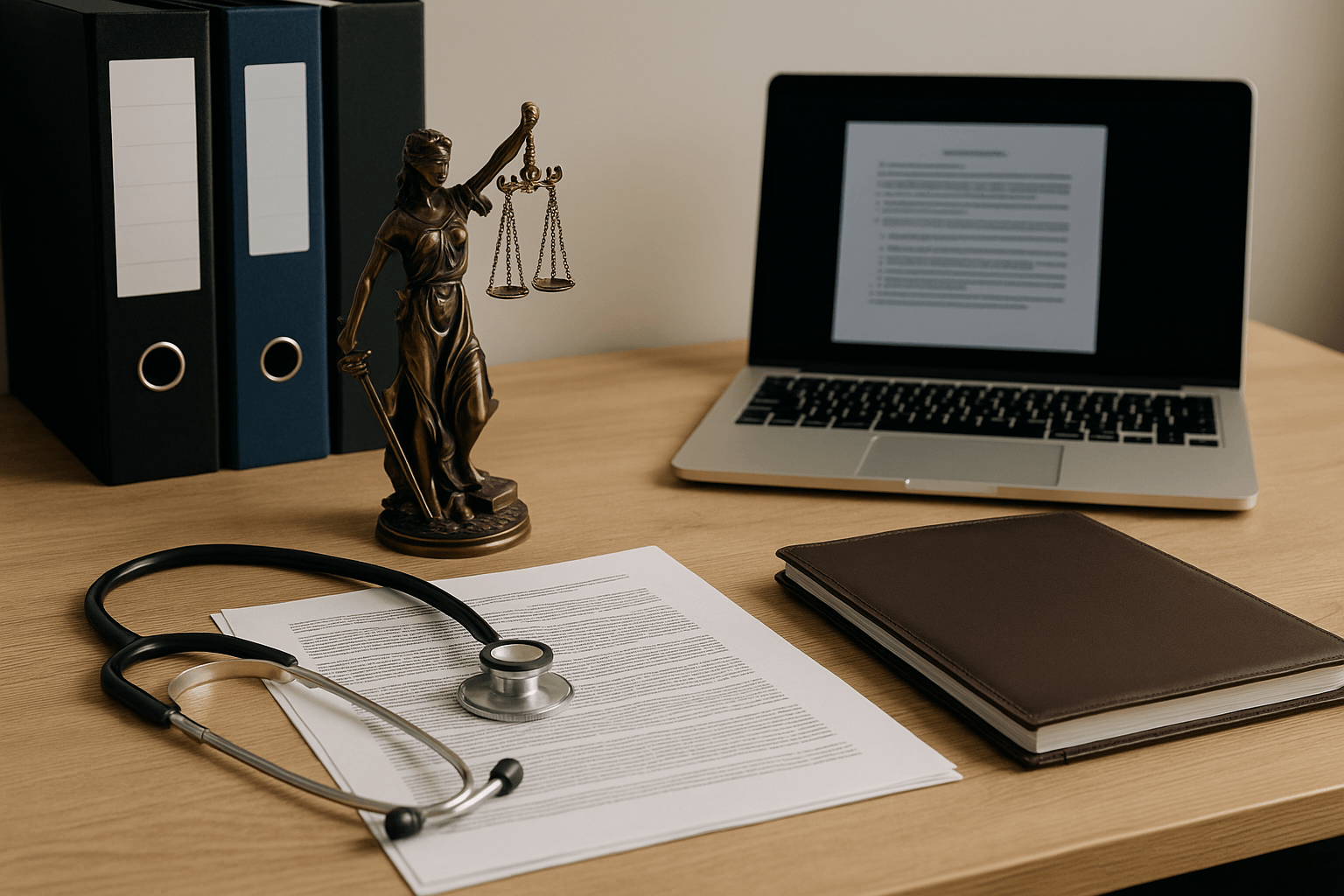




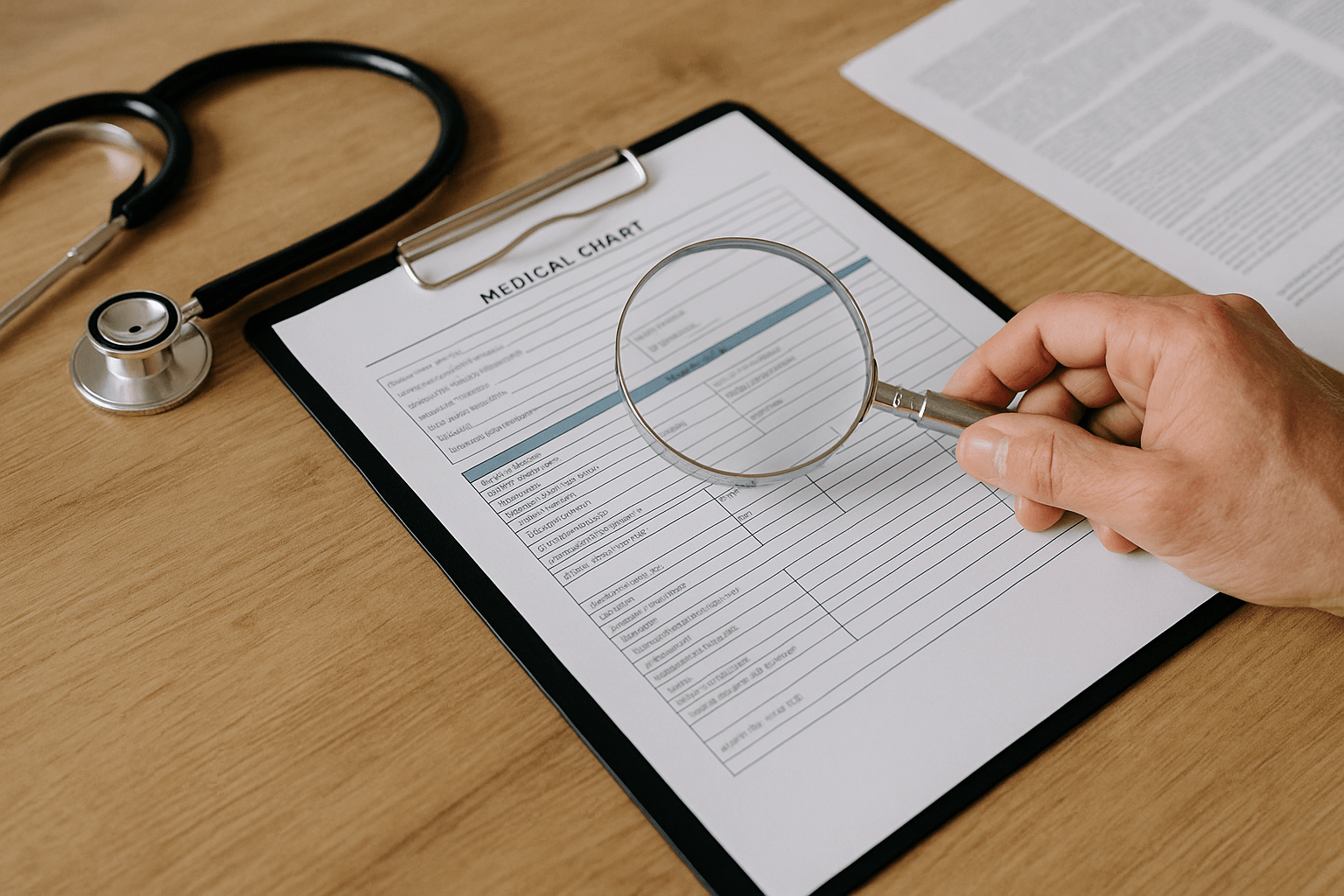


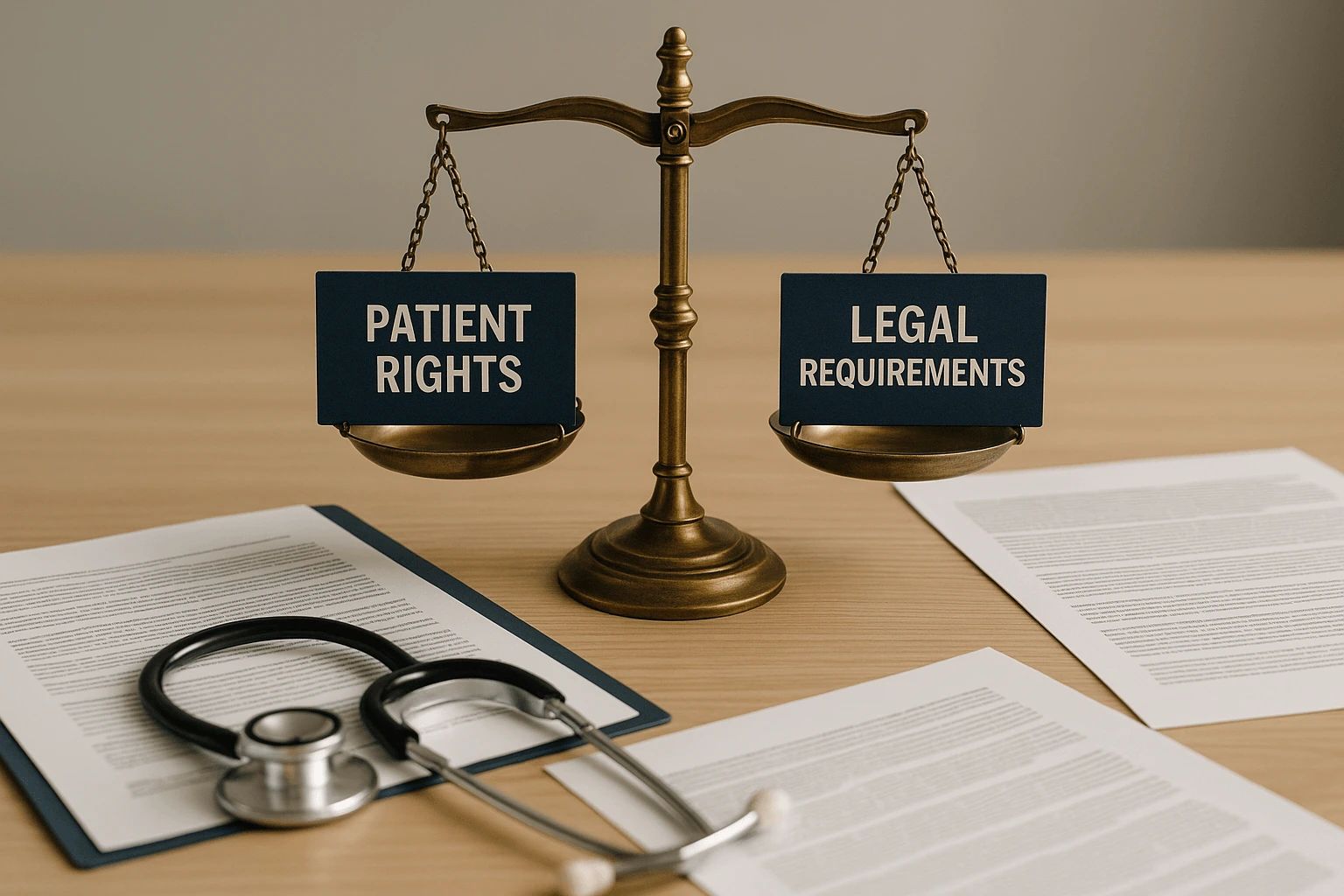
.webp)
.webp)


